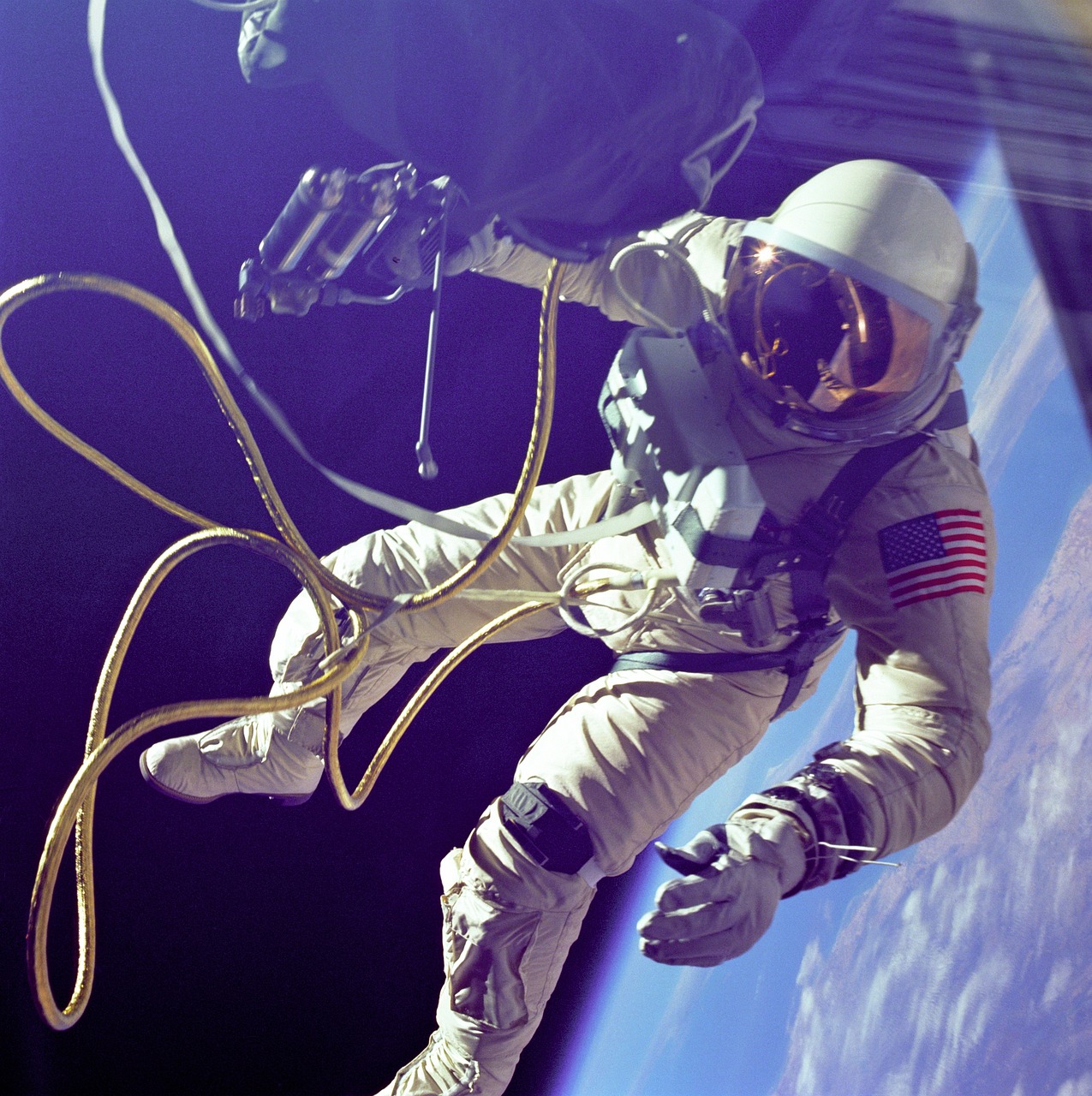- How Meteorologists Predict Storms Using Satellite Data - October 3, 2025
- What Causes Rainbows And Why They’re Always Curved - October 1, 2025
- 3 Industries Face Crushing New Tariffs as Trade War Escalates - September 28, 2025
You’ll Explode Instantly Without a Spacesuit
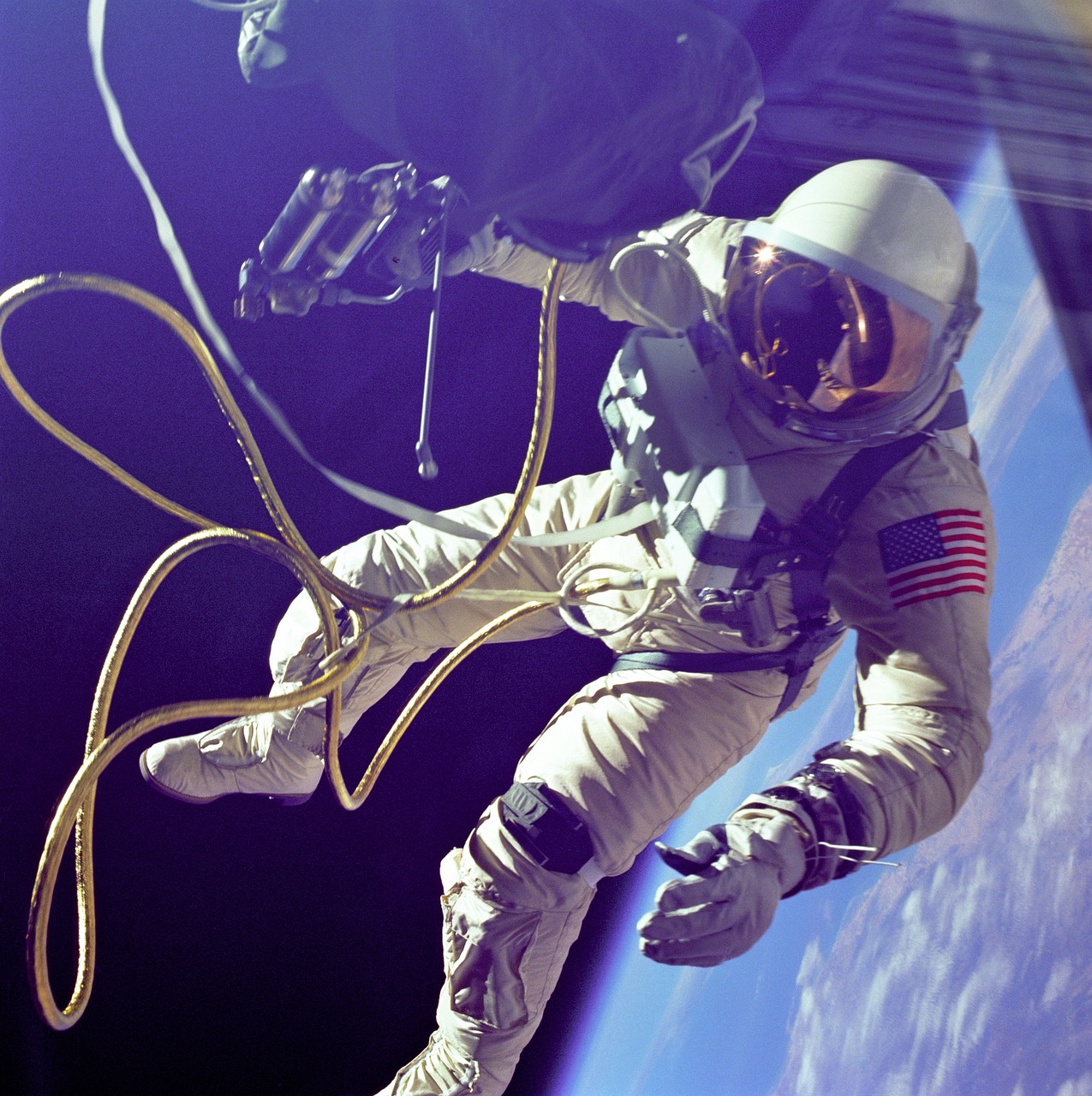
One of the most dramatic space myths that Hollywood loves to portray is the idea that humans exposed to the vacuum of space will immediately burst like overstuffed balloons. Of course, explosive decompression can lead to a number of very unpleasant effects. For example, some soft tissues will produce rapid water vapour. This can cause the body to swell and cause numerous capillary ruptures. However, human skin is still strong enough to burst: during the rapid ascent of divers from a depth of 50-80 m, pressure drops greater than those between vacuum and the atmosphere we are used to, have been observed, and yet nothing like this has ever happened.
It is a common myth that your body would explode in space if you don’t wear a spacesuit. Human skin is strong enough to keep the body from bursting. In fact, you can live up to two minutes in the space unprotected. But, eventually, of course, you’d die. The real danger comes from lack of oxygen and gradual decompression, not an instantaneous Hollywood-style explosion.
Your Blood Will Boil in the Vacuum of Space
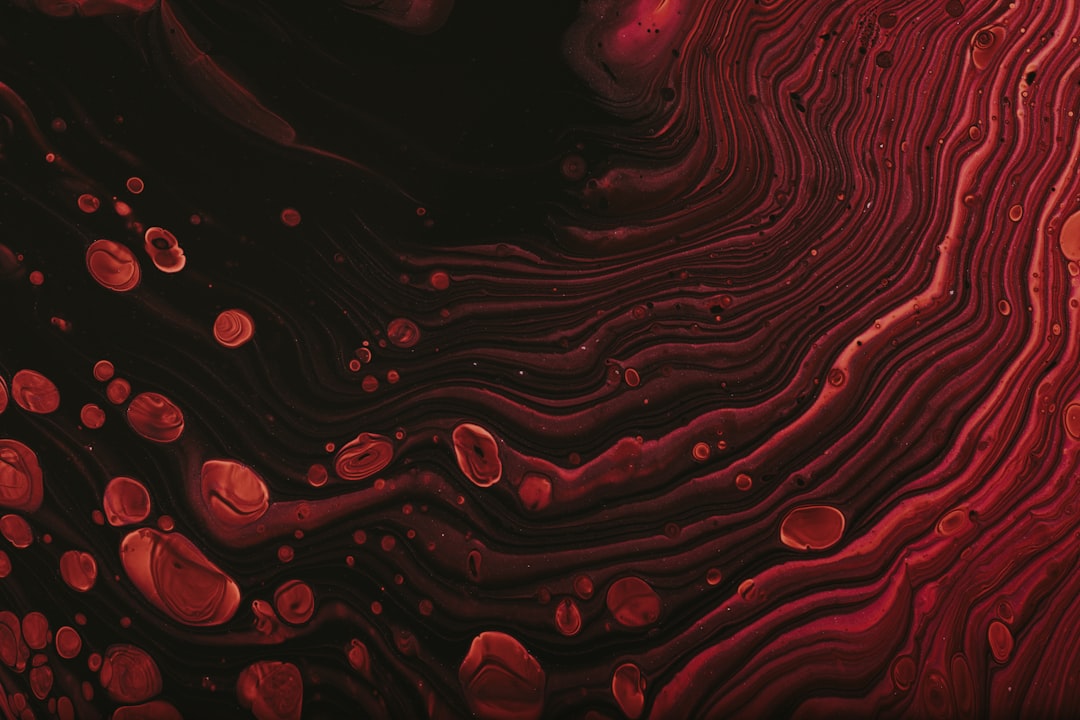
Another persistent misconception suggests that stepping into space without protection would cause your blood to immediately start boiling inside your veins. The idea that blood can boil in a vacuum is also not true. Inside the body, it is under higher pressure than in the external environment. Typically, the blood pressure is 120/75 mmHg. And if the external pressure drops to zero, with a blood pressure of 75 mmHg, the boiling point will be approximately 46°C, which is significantly higher than the body temperature.
The human circulatory system maintains enough internal pressure to prevent blood from boiling at normal body temperature. While exposed saliva and other surface fluids might indeed bubble in a vacuum, your blood remains safely contained within your pressurized vascular system.
Space is Completely Silent
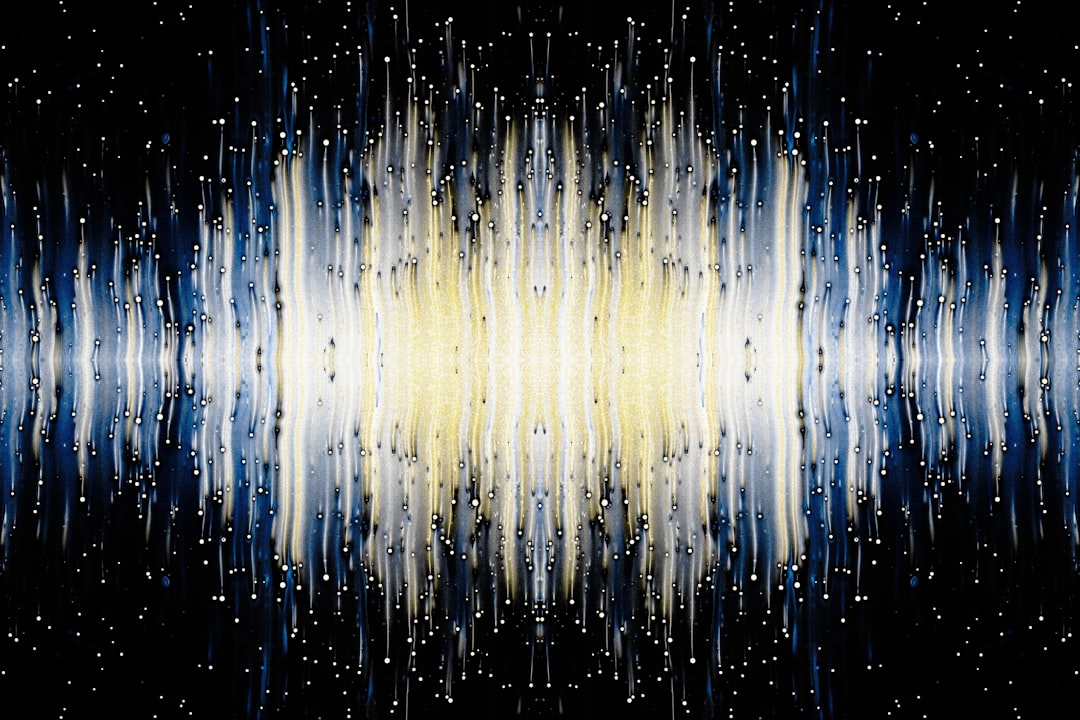
The idea that space is utterly silent is partly true but oversimplified. In the vacuum of space, there are no molecules to carry sound waves, making traditional sound transmission impossible. However, sound-like phenomena exist in specific regions. For instance, in areas filled with gas and plasma, such as nebulae or near black holes, vibrations can propagate, creating low-frequency sounds detectable with specialized instruments.
NASA has recorded these sounds by translating electromagnetic waves into audio, revealing eerie “music” from celestial bodies. NASA has even captured eerie audio of electromagnetic vibrations from space objects like planets. While the famous Alien tagline “no one will hear you scream in space” remains technically accurate for human-generated sounds, space isn’t entirely devoid of acoustic phenomena.
Astronauts Float Because There’s No Gravity in Space
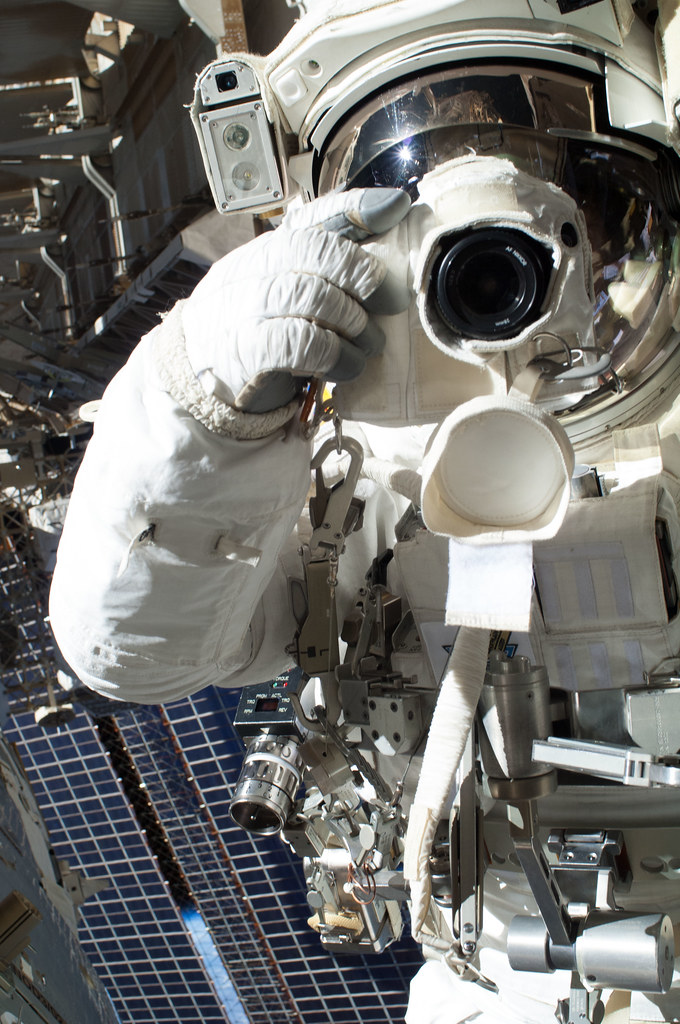
The Myth: Astronauts experience weightlessness because space lacks gravity. The Reality: Gravity exists everywhere in space, even at the International Space Station (ISS). The reason astronauts float is that they are in a state of continuous free fall around Earth, creating a sensation of weightlessness. Astronauts float in space not because they are weightless, but because they are free-falling towards the Earth. They are experiencing the same thing experienced by a roller coaster rider on an amusement park ride. In fact, every object orbiting another object in space is actually free-falling towards the object which they are orbiting.
This misconception stems from misunderstanding orbital mechanics. The International Space Station experiences roughly ninety percent of Earth’s gravity, but both the station and its occupants are falling toward Earth at the same rate while moving forward fast enough to continuously miss the planet.
The Great Wall of China is Visible from Space
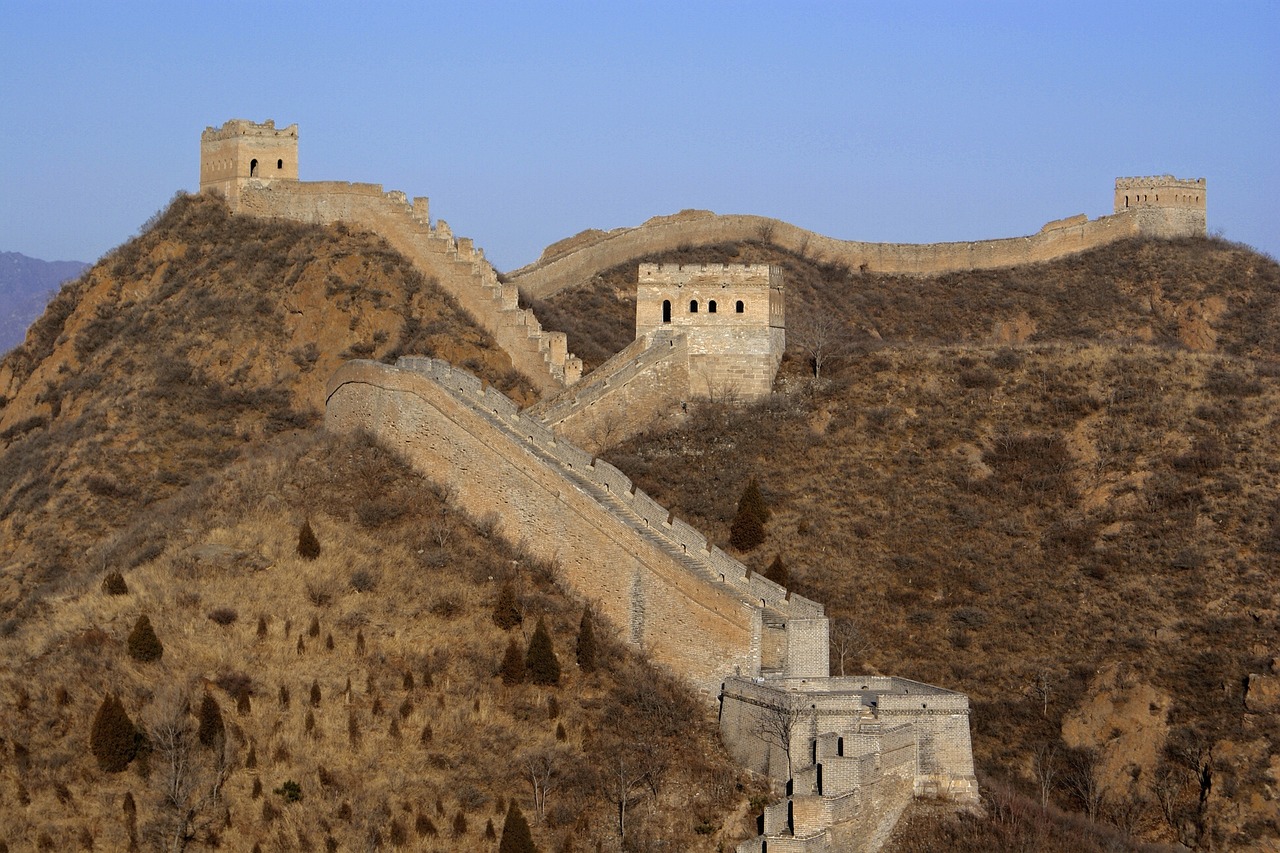
The Myth: The Great Wall of China is the only man-made structure visible from space. The Reality: This myth has been debunked by astronauts. The Great Wall is difficult to spot from orbit without magnification. Other structures, like highways and city lights, are far easier to identify from space. This widely-repeated claim has been thoroughly disproven by actual astronauts who’ve looked for it from the International Space Station.
The myth likely persists because it sounds impressive and has been repeated in textbooks for decades. In reality, many human-made features are more visible from space than the Great Wall, including airports, large cities at night, and major highway networks that create distinctive geometric patterns.
Black Holes Suck Everything Into Them Like Cosmic Vacuum Cleaners
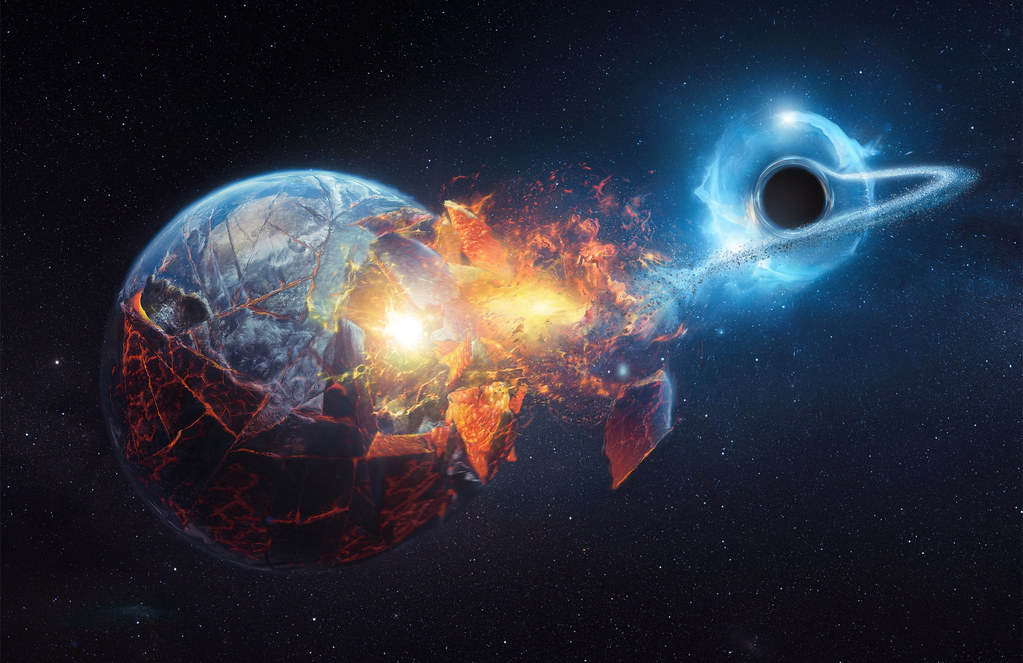
The Myth: Black holes act like cosmic vacuum cleaners, pulling in everything near them. The Reality: Black holes exert gravitational pull just like any other massive object. Objects must cross the event horizon, the point of no return, to be “sucked in.” If the Sun were replaced with a black hole of the same mass, Earth’s orbit would remain unchanged.
In reality, black holes behave almost exactly like any other massive object in the universe. The further away from an object you go, the lower the escape velocity and far from the event horizon, black holes behave just like · stars. Objects passing far enough away and at a high enough speed are in no danger of being pulled into the center and if the sun were swapped with a black hole of the same mass today, Earth would continue to orbit as normal. The dramatic portrayals in movies create unrealistic expectations about how black holes actually function.
Space is Extremely Cold and Will Freeze You Instantly
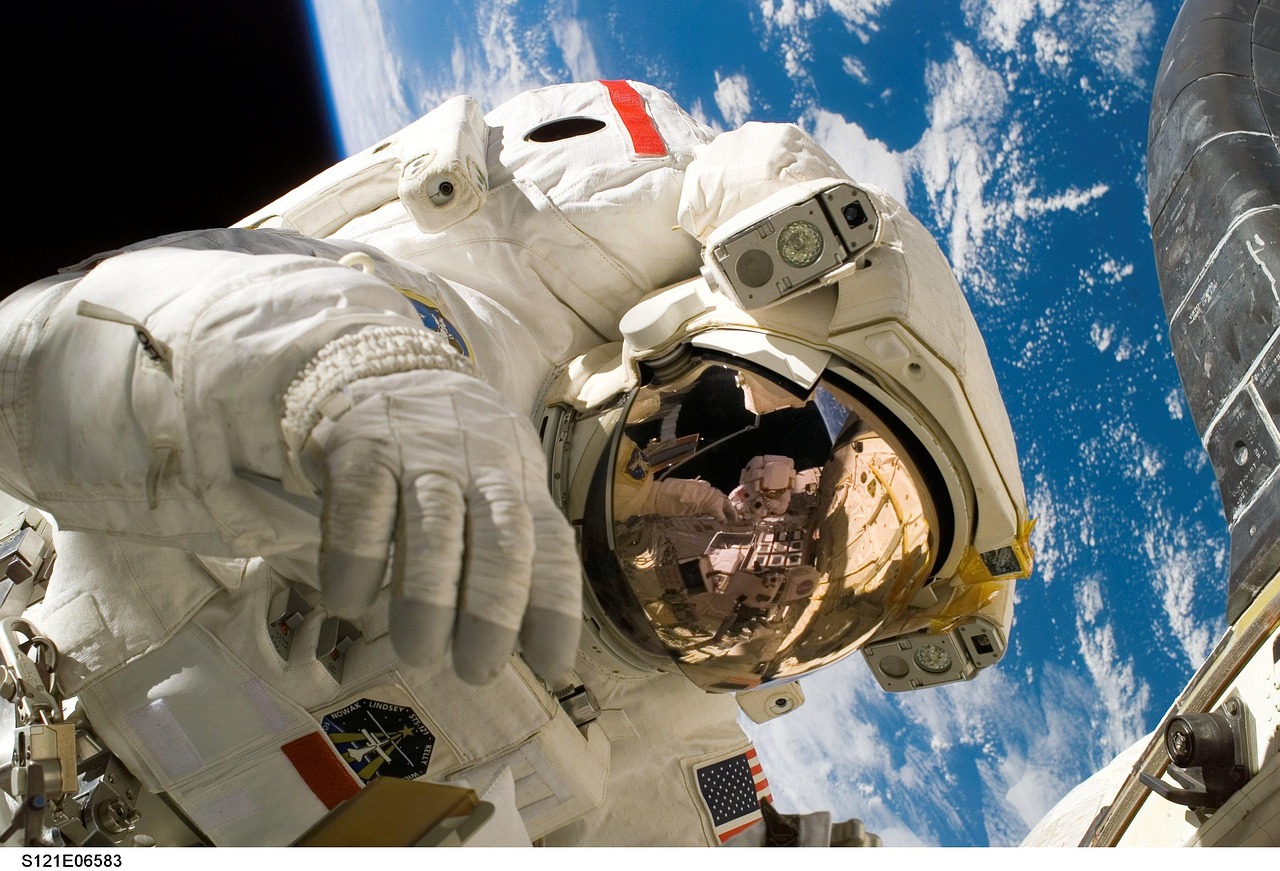
The Myth: Space is extremely cold, freezing anyone or anything instantly. The Reality: Space doesn’t have a temperature in the conventional sense because it’s a vacuum. Objects in space lose heat primarily through radiation, not conduction or convection. Without air molecules to conduct heat away from your body, you’d actually lose heat quite slowly in space.
Counterintuitively, overheating might be more of a concern than freezing in certain space environments. If you’re in direct sunlight without proper protection, the Sun’s rays could heat you up significantly since there’s no atmosphere to filter the radiation. The Apollo astronauts’ spacesuits had to be designed to handle both extreme heat and cold depending on their orientation to the Sun.
Humans Have Traveled to Other Planets
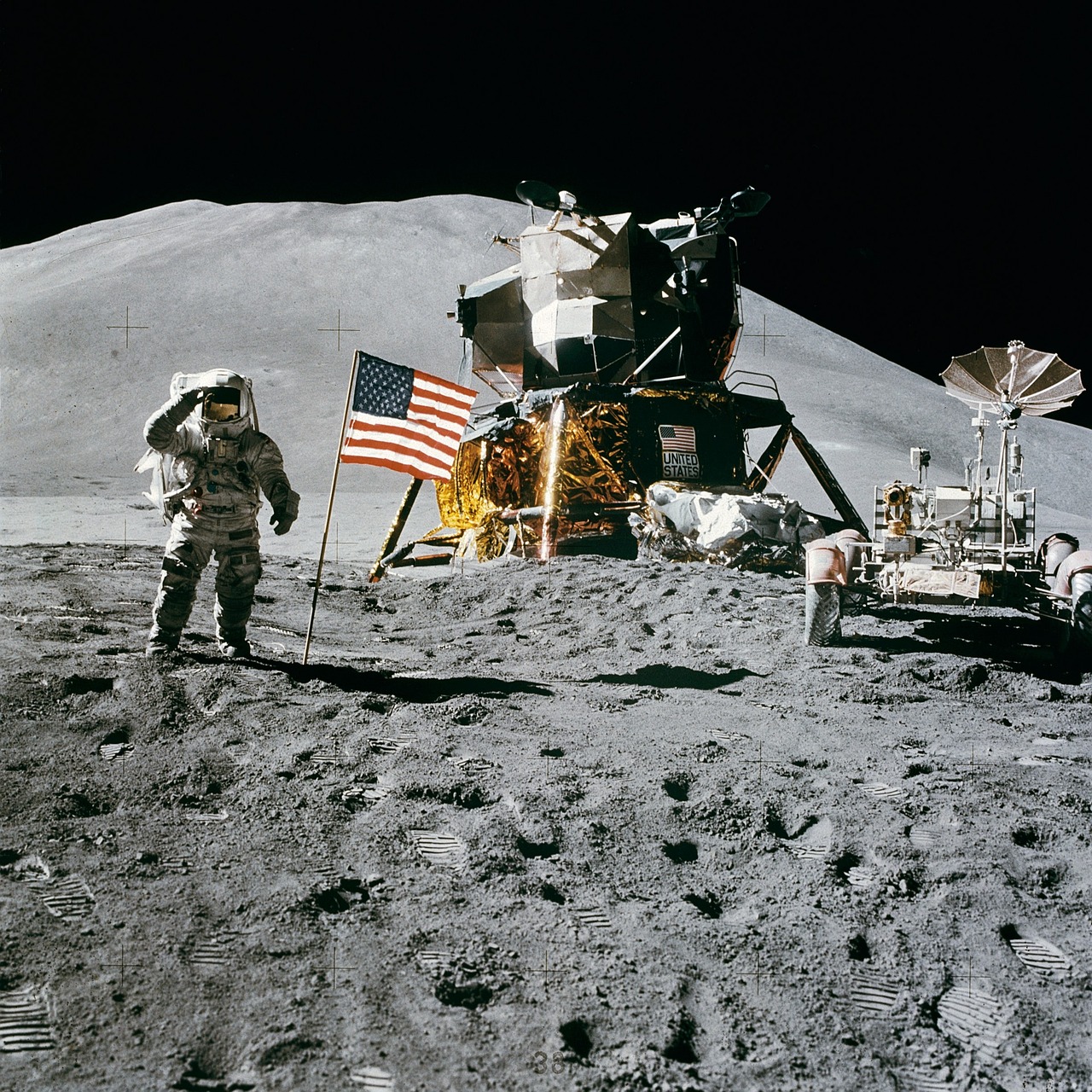
Humans have traveled to other planets rather than just the Moon. Robotic missions have traveled to other stars and planets outside our solar system. Humans have never left the Earth. This misconception confuses human space exploration with robotic missions. Crewed exploration of the Moon began in 1968 with the Apollo 8 mission that successfully orbited the Moon, the first time any extraterrestrial object was orbited by humans. In 1969, the Apollo 11 mission marked the first time humans set foot upon another world. The Apollo 17 mission in 1972 marked the sixth landing and the most recent human visit.
While we’ve sent incredibly sophisticated robots to Mars, Jupiter, Saturn, and beyond, no human has ever set foot on another planet. The Moon remains the farthest destination humans have reached, and that was over fifty years ago.
Asteroid Belts Are Dangerous, Chaotic Fields of Colliding Rocks
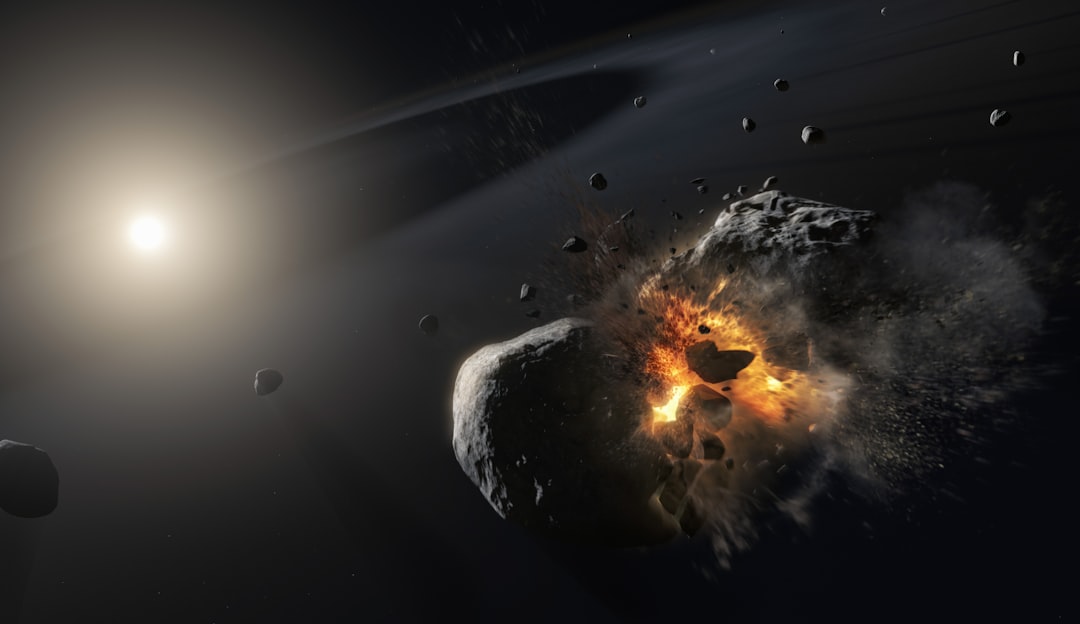
In an attempt to escape from his pursuers, Han Solo takes a suicidal step and directs his spaceship into the asteroid belt, which is a chaotic cluster of rocks that move in all directions and constantly collide with each other. Only incredible reflexes and luck help the heroes survive in a difficult situation. This Star Wars-inspired vision of asteroid belts is pure fiction.
In the Oort cloud (see notes 2), the average distance between comets is estimated at around 16 astronomical units (AU). That is 16 times the distance between the Earth and the Sun, which means one comet every 2.4 billion kilometers. Real asteroid belts are mostly empty space. The vast distances between objects mean that spacecraft routinely pass through asteroid belts without any special maneuvering or risk.
Stars Actually Twinkle in Space

A famous nursery rhyme is responsible for this myth, but although stars appear to twinkle in the sky, the flickering is just an illusion. It might seem plausible that a star would twinkle as it shines but at this distance, the light that we see from them is actually very steady. · As light travels toward Earth, it passes through the gas molecules that make up our atmosphere. These are not static and they swirl as turbulence stirs the atmosphere. This deflects some of the light, making it look like the light is shifting and twinkling.
Stars only appear to twinkle because of atmospheric interference here on Earth. In the vacuum of space, stars shine with steady, unwavering light. This is why space telescopes can capture much clearer images than ground-based telescopes – they don’t have to deal with atmospheric disturbance.
The Sun is a Ball of Fire
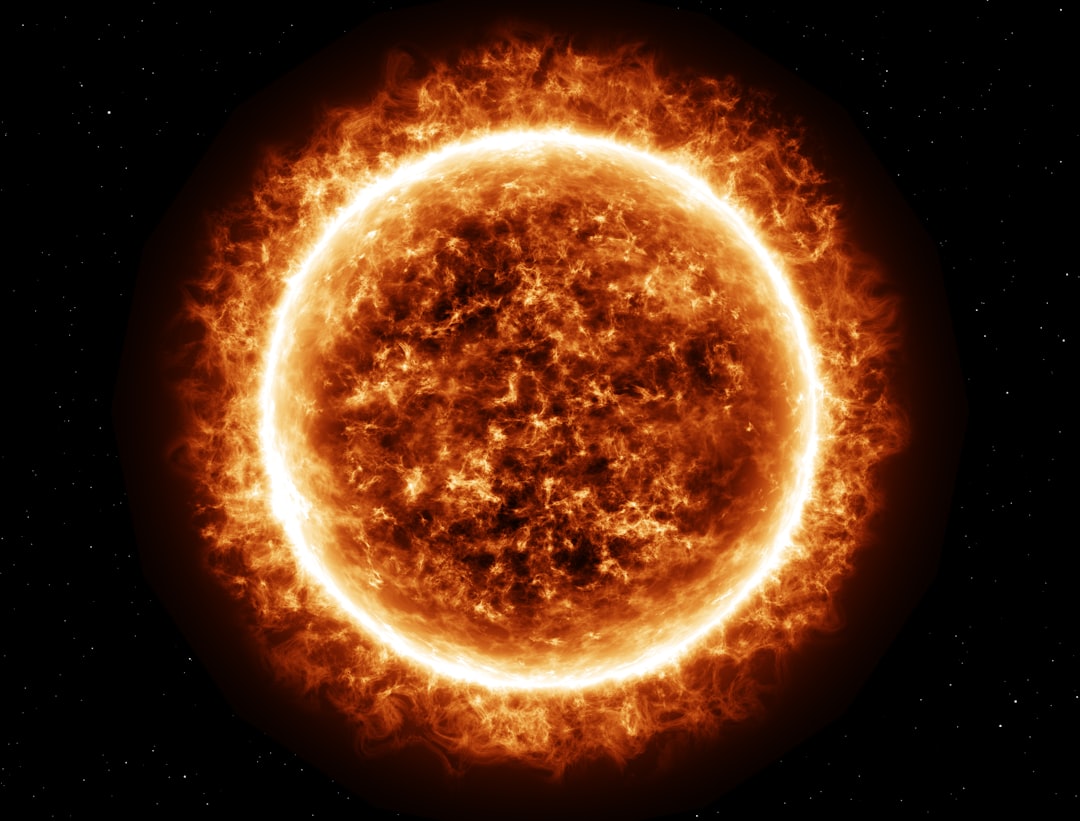
When some people picture the Sun, they imagine something like a campfire or an object on fire. But the Sun is actually a ball of gas. It burns thanks to nuclear fusion, which happens in its core. Every second, 700 million tons of hydrogen gets converted into 695 million tons of helium. When this happens, energy is released as gamma rays, which get converted to light. So, the Sun emits light and heat, but it’s not on fire, because there’s no oxygen involved.
Fire requires oxygen for combustion, but the Sun operates through nuclear fusion – a completely different process that converts hydrogen into helium and releases enormous amounts of energy. This distinction matters because it explains why the Sun can continue shining in the vacuum of space where no conventional fire could exist.
The Moon Has a Permanently Dark Side
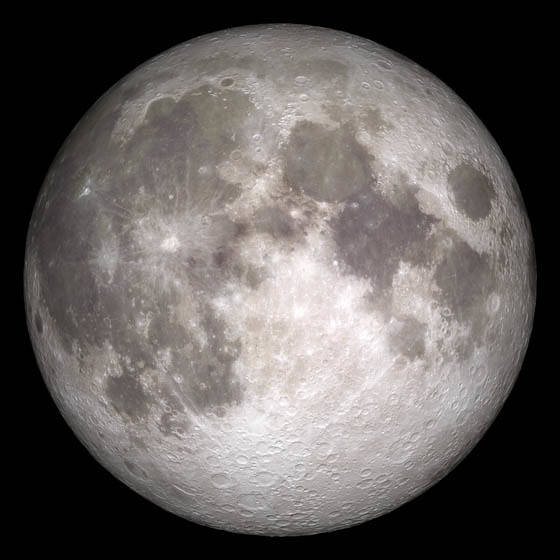
The Myth: One side of the Moon is perpetually dark and never receives sunlight. The Reality: The Moon’s “dark side” is a misnomer. Both sides receive sunlight, but only one side is visible from Earth due to tidal locking, where the Moon’s rotation matches its orbit around Earth. The phrase “dark side of the Moon” has created lasting confusion about lunar illumination.
What we call the “dark side” should more accurately be called the “far side” of the Moon. It receives just as much sunlight as the side we see from Earth, but we can’t observe it directly because the Moon’s rotation is synchronized with its orbit around Earth, always keeping the same face pointed toward us.
Van Allen Radiation Belts Make Space Travel Impossible
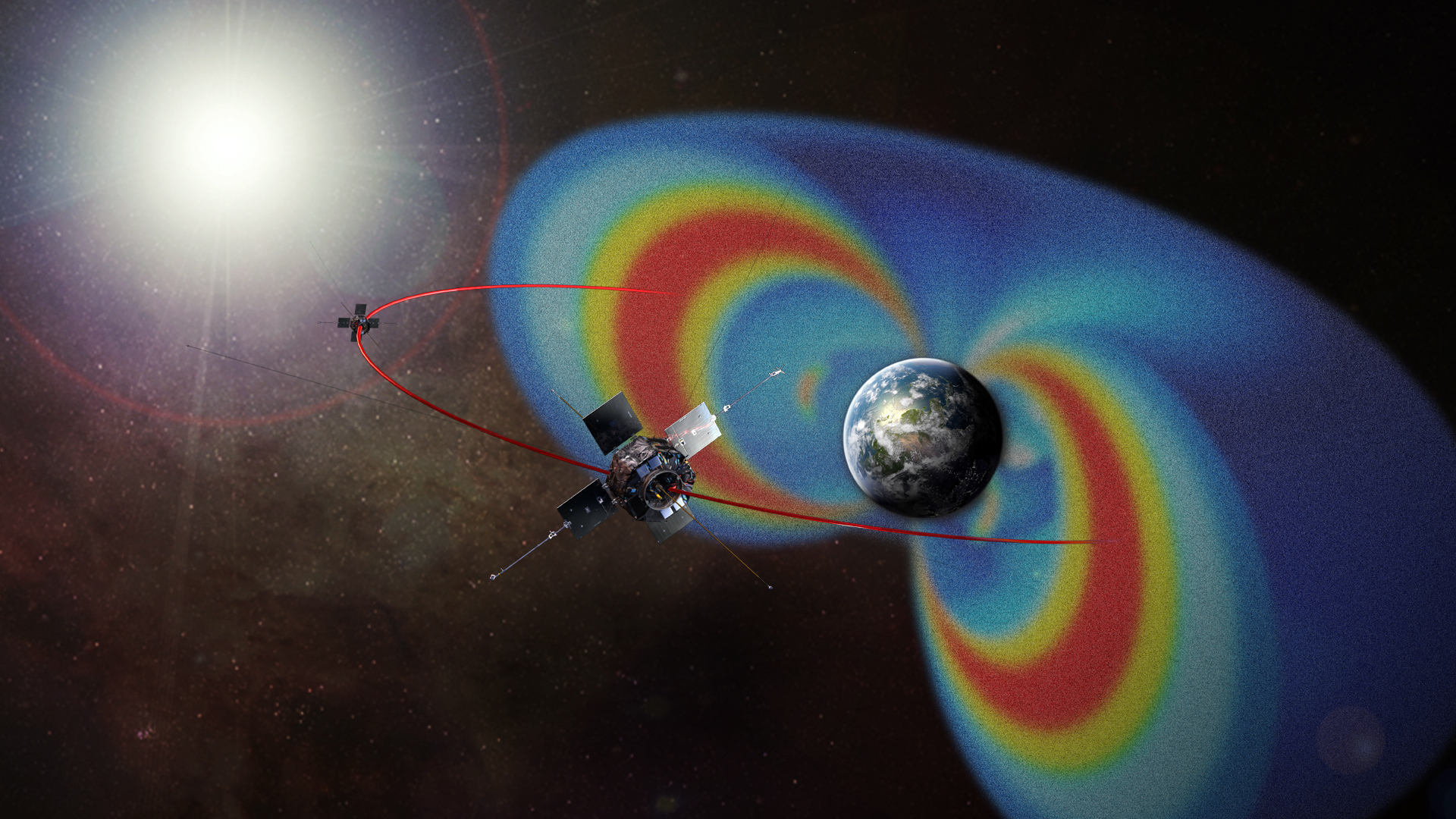
In a similar way, the transit time through the Van Allen radiation belt right at the beginning of the Apollo voyages was incredibly short. Travelling through the Van Allen radiation belt if you are going fast enough – which you need to be if you’re going to the Moon – is no problem whatsoever The Van Allen belts contain high-energy particles trapped by Earth’s magnetic field, but they pose no insurmountable barrier to space travel.
If you’ve ever done firewalking, you’ll know the one thing you don’t do is linger around in the middle of the firepit. You cross as quickly as you can. From a science point of view, as long as you walk across quite quickly, looking at the thermal conductivity of your feet, you are not going to have enough thermal energy going into the soles of your feet to burn you. You’re absolutely fine. Just don’t hang around in the middle! Like walking quickly across hot coals, spacecraft can safely traverse the radiation belts with proper shielding and trajectory planning.
NASA Spent Millions Developing a Space Pen While Russians Used Pencils
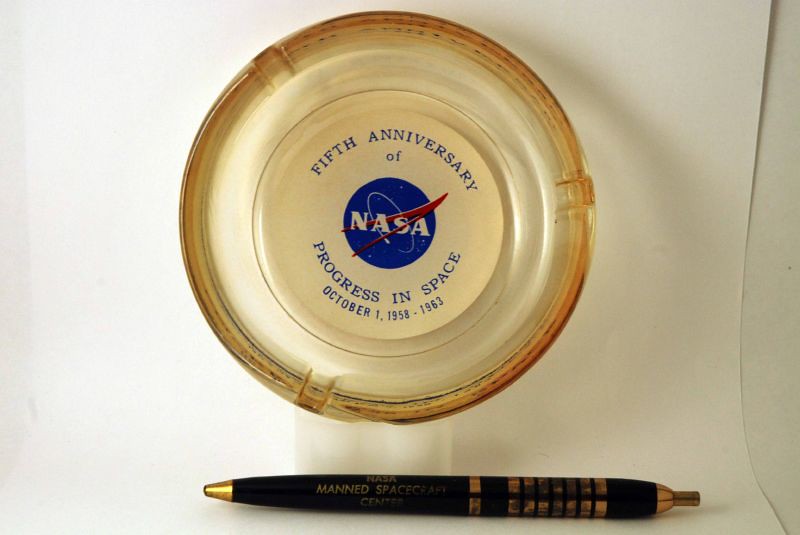
This is a popular myth on the internet—and even in one episode of The West Wing. People tend to use this as a comparison between NASA and Soviet astronauts, who were smart enough to just bring pencils. But NASA used pencils as well, and they have the receipts to prove it. In 1965, NASA placed an order for 34 mechanical pencils from Houston’s Tycam Engineering Manufacturing Incorporated. There was an independent company, the Fisher Pen Company, that developed a space pen for around $1 million. And later, both NASA and the Soviets started using Fisher’s anti-gravity space pen (it was a great pen).
This urban legend perfectly illustrates how misconceptions spread. In reality, both space programs initially used pencils, but tiny graphite particles and wood shavings floating in zero gravity posed fire and equipment hazards. The Fisher pen was developed privately, not at taxpayer expense, and both NASA and the Soviet space program adopted it because it solved real problems.
Space Temperature Affects Astronaut Health
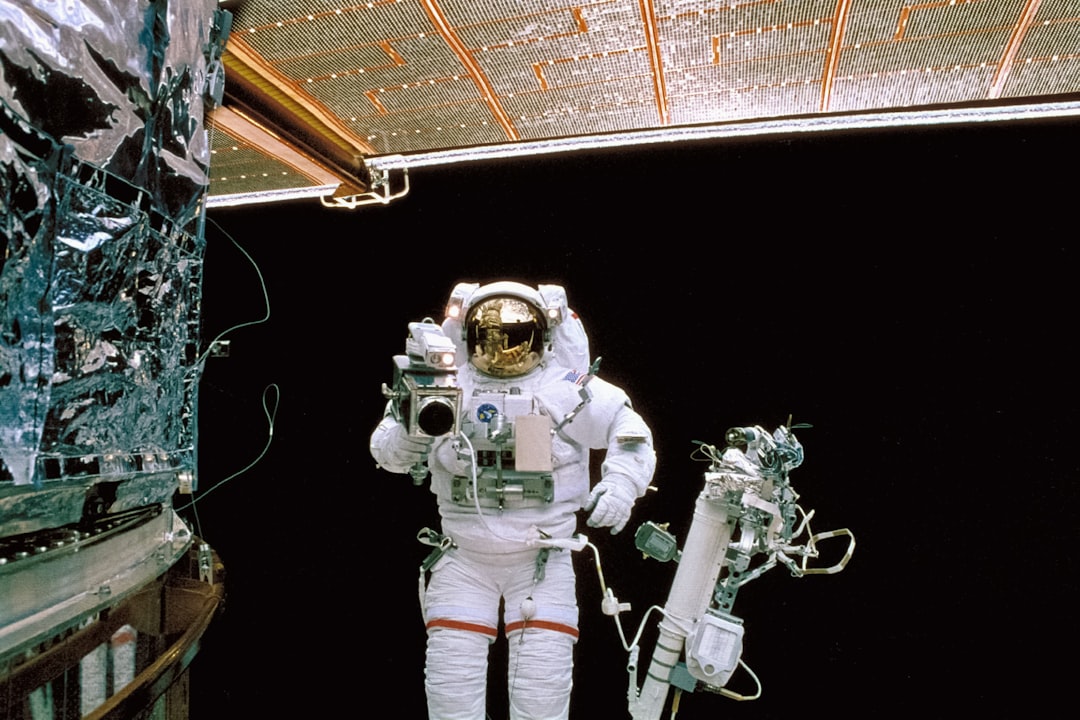
We here show that during exercise CBT rises higher and faster in space than on Earth. Moreover, we observed for the first time a sustained increased astronauts’ CBT also under resting conditions. This increase of about 1 °C developed gradually over 2.5 months and was associated with augmented concentrations of interleukin-1 receptor antagonist, a key anti-inflammatory protein.
On the International Space Station there is no convection because of weightlessness and astronauts have reported feeling hot since the earliest days of spaceflight. ESA astronaut André Kuipers recounts: “Especially during exercise I would feel hot, afterwards I would always float to a fan to cool down.” Raising body temperature by a degree requires 20% more energy, derived from food, so mission planners need to know more about this phenomenon in order to estimate the required food supplies for long missions. Understanding these thermal regulation challenges is crucial for planning longer missions to Mars and beyond.
Space Radiation Will Instantly Kill You
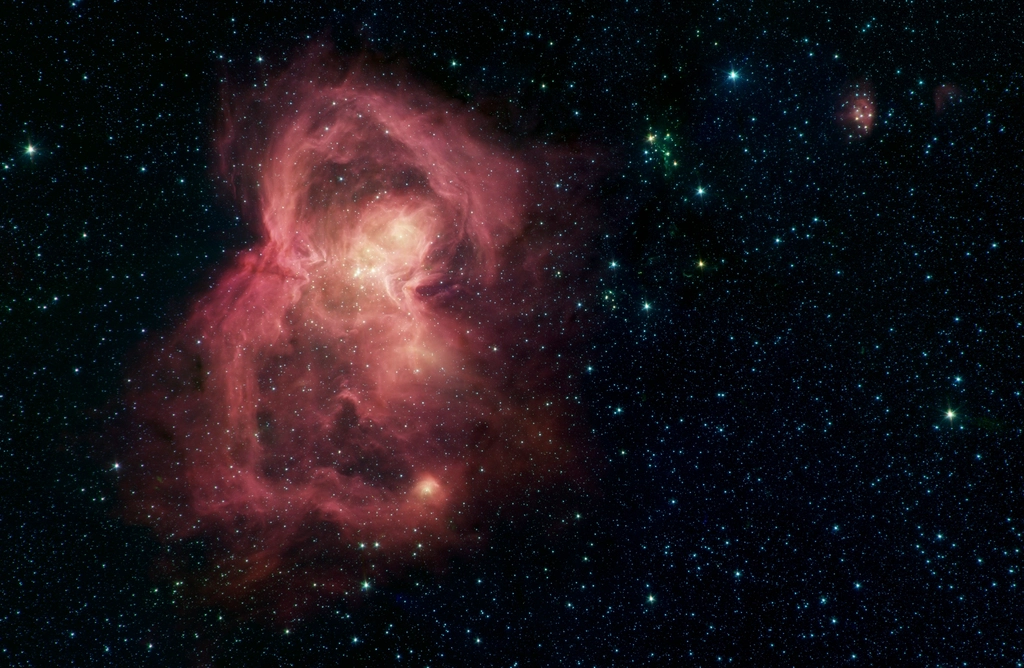
Astronauts are exposed to ionizing radiation with effective doses in the range from 50 to 2,000 mSv. 1 mSv of ionizing radiation is equivalent to about 10 chest x-rays. While space radiation presents serious long-term health risks, it doesn’t cause immediate death like many people imagine. Acute effects such as changes to the blood, diarrhea, nausea, and vomiting are mild and recoverable. Other effects of acute radiation exposure are much more severe such as central nervous system damage or even death.
Increased risk of cancer and degenerative diseases, such as heart disease and cataracts, have been observed in human populations exposed to radiation on Earth. Health risks for astronauts from radiation exposure in space are mainly driven by long-term impacts. Current research focuses on understanding these cumulative effects and developing better shielding for future deep space missions.
The reality of space travel is far more nuanced and fascinating than Hollywood portrayals suggest. While space presents genuine challenges and dangers, many popular misconceptions greatly exaggerate or completely misrepresent what astronauts actually experience. Understanding these facts not only satisfies our curiosity but also helps us better appreciate the remarkable achievements of real space exploration and the brave individuals who venture beyond our planet’s protective embrace.
Human space travel continues to push boundaries, with NASA has planned the Artemis II mission for late 2025, which involves flying astronauts around the Moon. This mission is seen as important preparation for future Mars missions. As we prepare for these ambitious journeys, separating fact from fiction becomes more important than ever. What other space myths do you think need busting?

